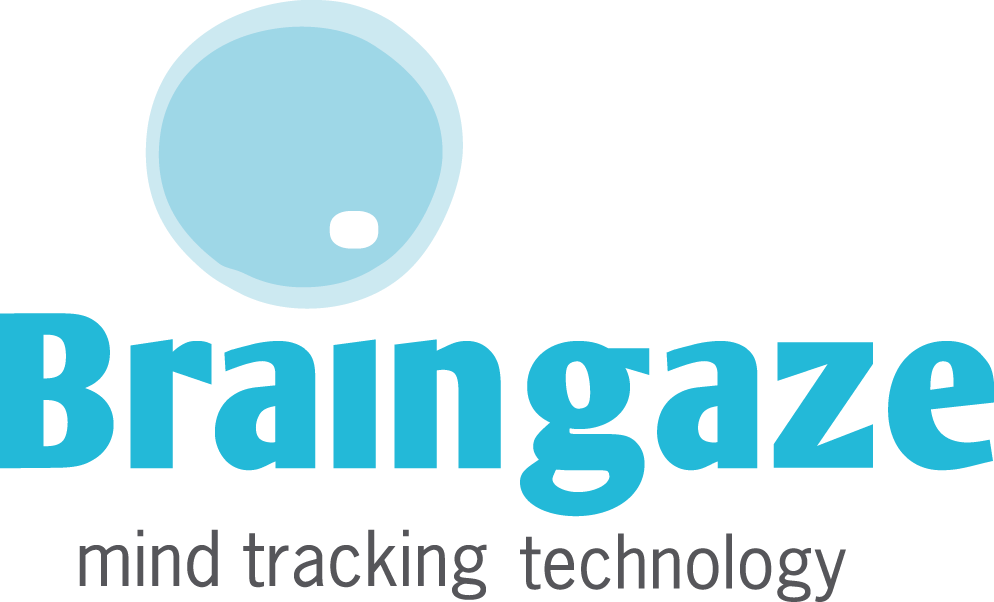BrainGaze SL
Supported by ICREA and UB.
Entrepeneur: ICREA Research Hans Supèr (UB)
Born in September 2013
Braingaze SL, founded by Laslzo Bax and Hans Supèr, is a spin-off company from ICREA/UB. Braingaze offers a patented method to measure visual attention by analyzing minute eye movements of the observer. The method paves the way for the development of a novel and
clean biomarker of attention for eye tracking applications. It operates with any commercial available binocular eye tracker device and can be incorporated into any existing eye tracker software package.
Commercial applications
Eye tracking is the process of measuring the point of eye gaze, i.e. where one is looking. In recent years, the increased sophistication and accessibility of eye tracking technologies have generated a great deal of interest in various business sectors. Existing applications include web usability, advertising, package design, user interfacing, and assistive technology. Emerging markets are automotive engineering, gaming industry, health care & diagnostics, production industry, and consumer electronics. Examples of applications being developed include mobile phones, lap-top integrated user interfaces, iPad and iPhone apps, gaming consoles and digital cameras.
Eye position data is translated into the observers’ preference. But whether a message or product will be seen depends on the attention of the observer; not on eye position.
Braingaze offers a software module that establishes if a subject actually perceived what he/she gazed at. Braingaze method drastically increases the value of the typical eye tracking maps produced up to now.
Clinical applications
Attention deficit hyperactivity disorder (ADHD) is a developmental disorder, and is the most commonly studied and diagnosed psychiatric disorder in children, affecting about 3% to 6% of children globally and diagnosed in about 2% to 16% of school aged children, and 3% in adults. The routine assessment of ADHD, which is based on questionnaires and developmental, physical and mental examination, has many flaws and is inaccurate. More importantly, while clear symptoms are present at 3 years of age, current diagnosis cannot be done before the age of 6 prohibiting early treatment, which is essential for preventing personal and social problems, and economical costs associated to ADHD.
Braingaze offers a simple, fast, accurate tool to diagnose ADHD in children and adults. The biomarker of visual attention detects with high accuracy ADHD in children. As a result, diagnosis of ADHD can be more accurate, lower cost, less time consuming, observer-independent, earlier age diagnosis, and a much better communication of diagnosis fundamentals (by graphs rather than questionnaire responses being ranked). It also allows tracking progress of patient treatment. Braingaze intends to develop an exercise App allowing to pre-screen children for ADHD and to train children in their ability to focus attention and suppress distractive inputs.


